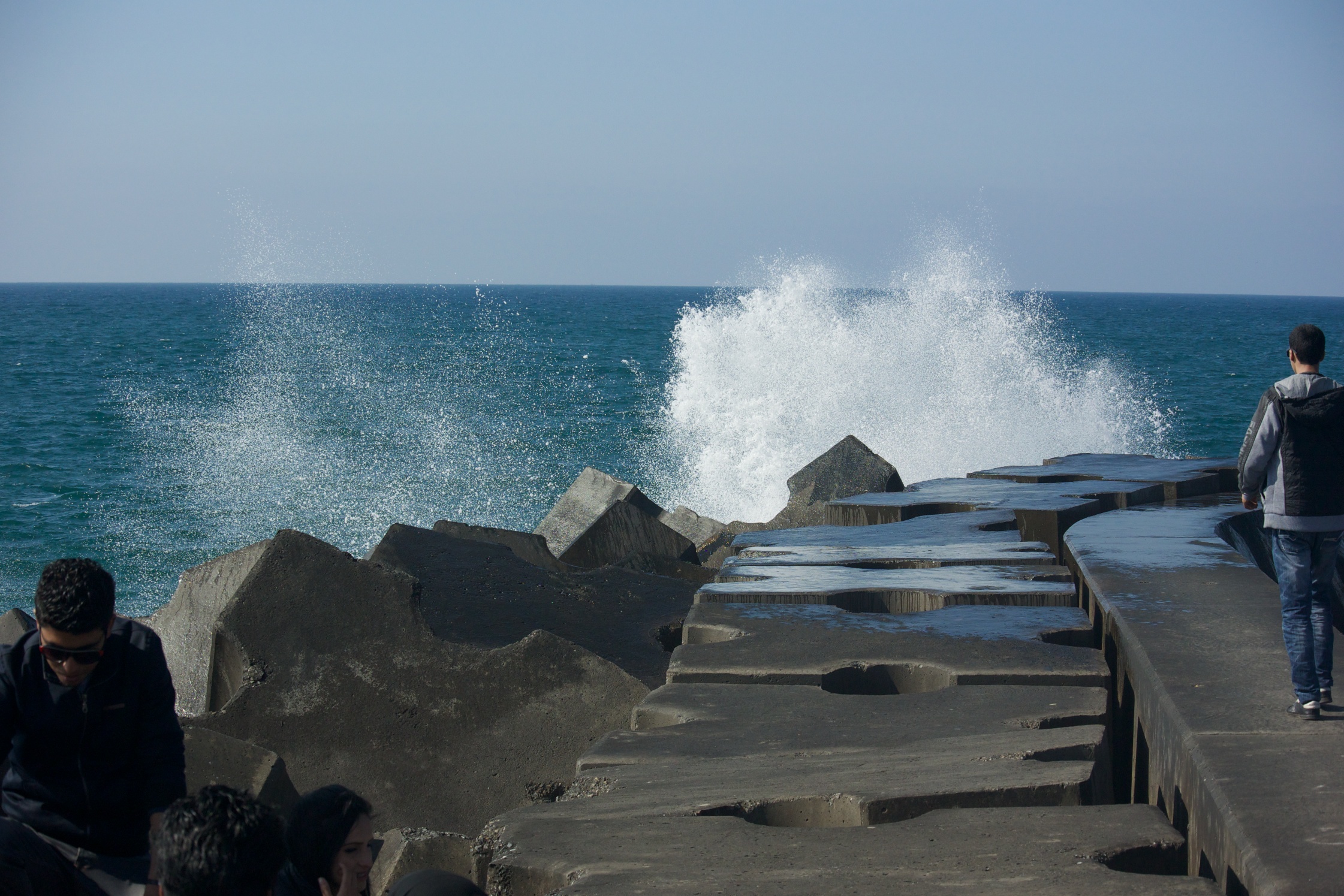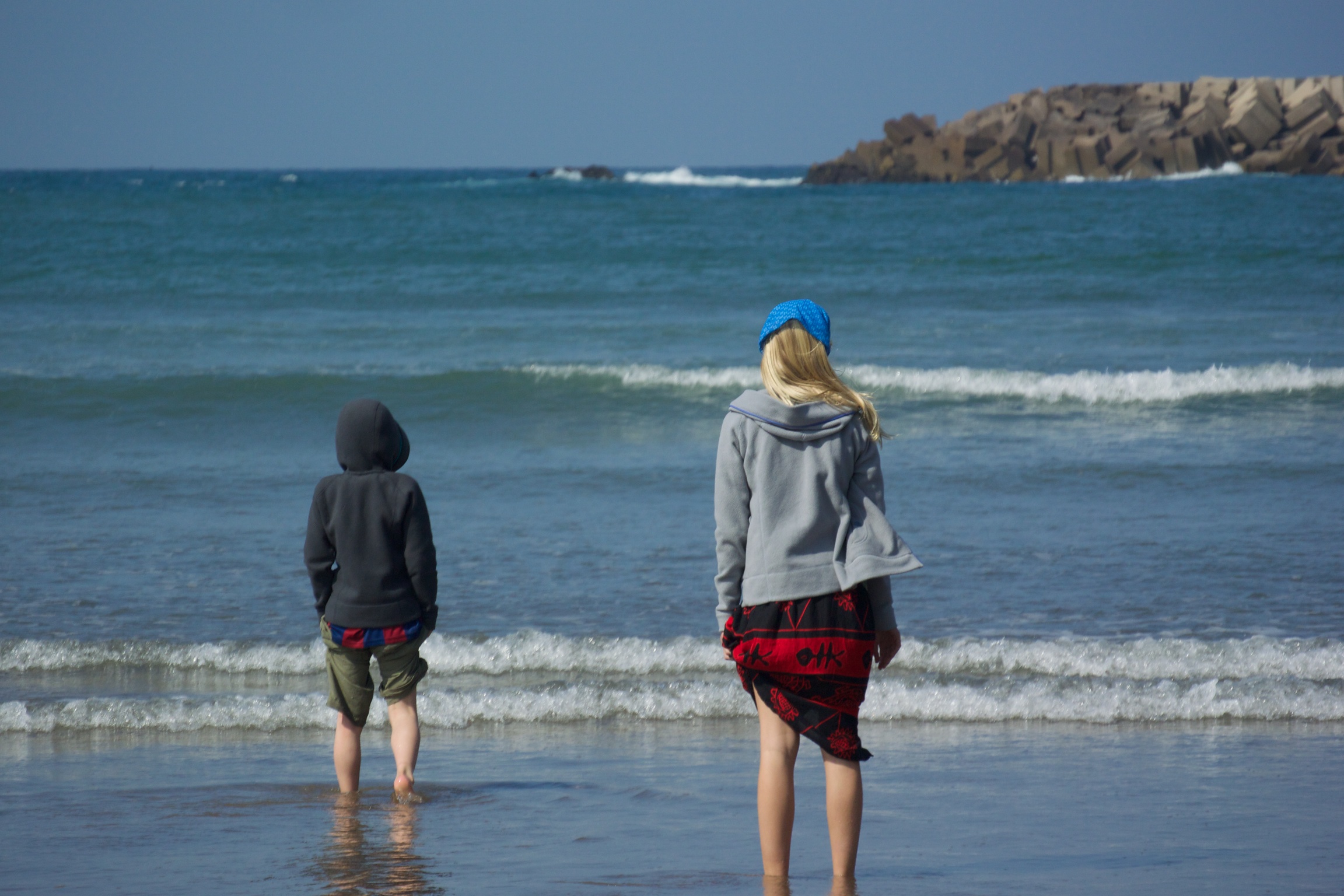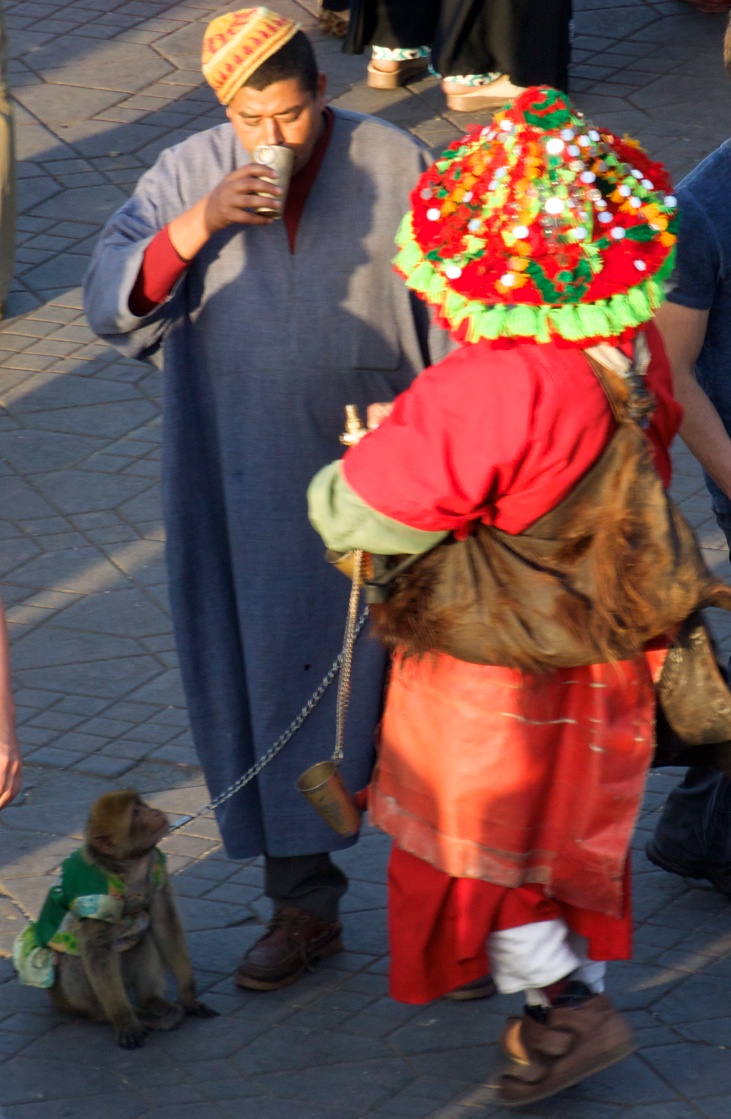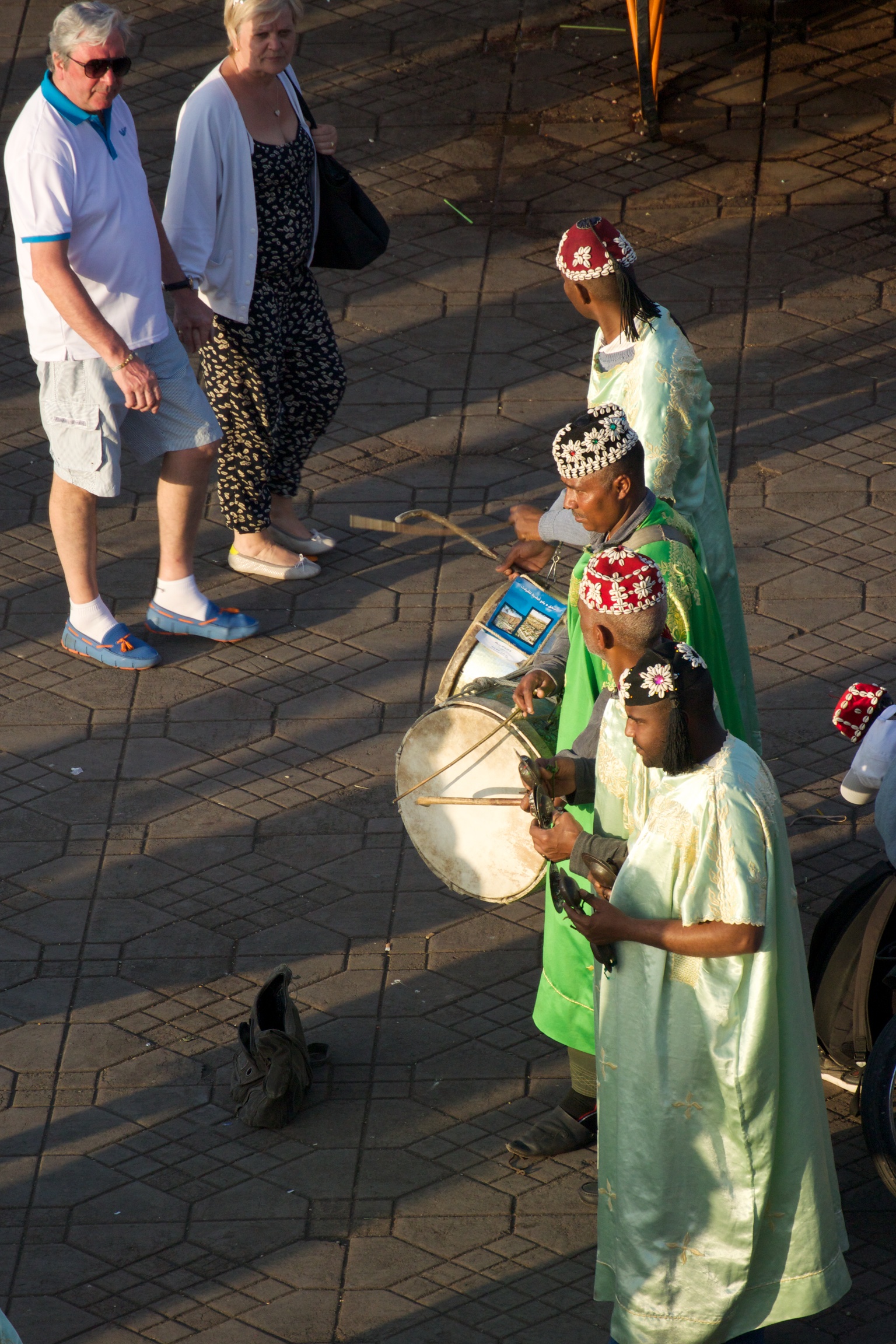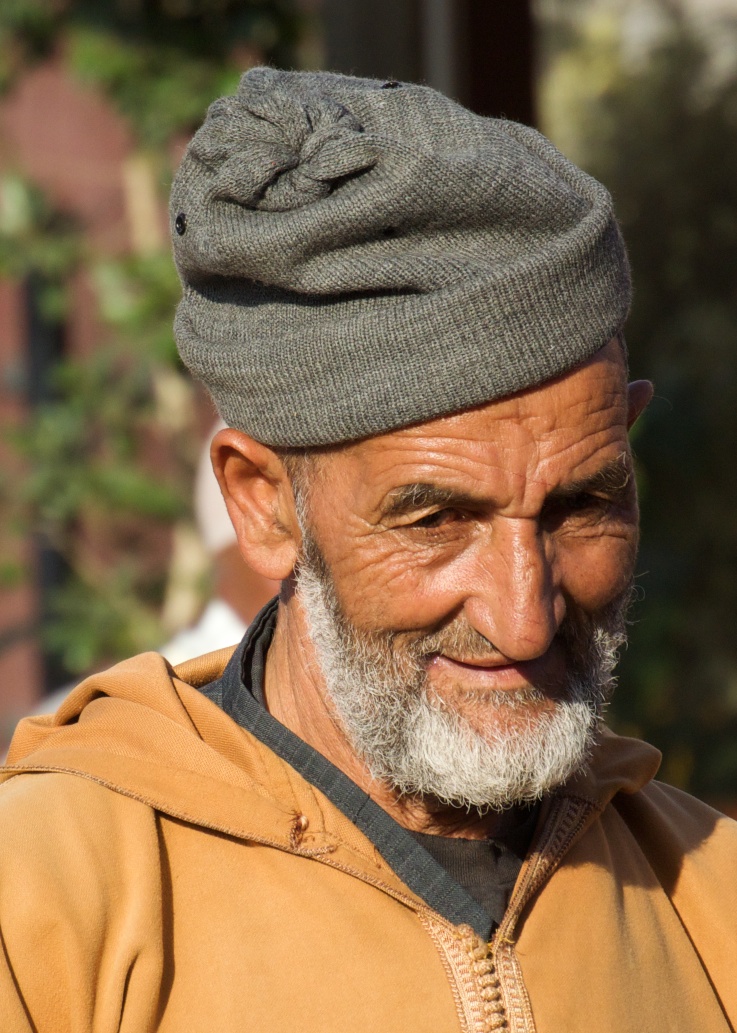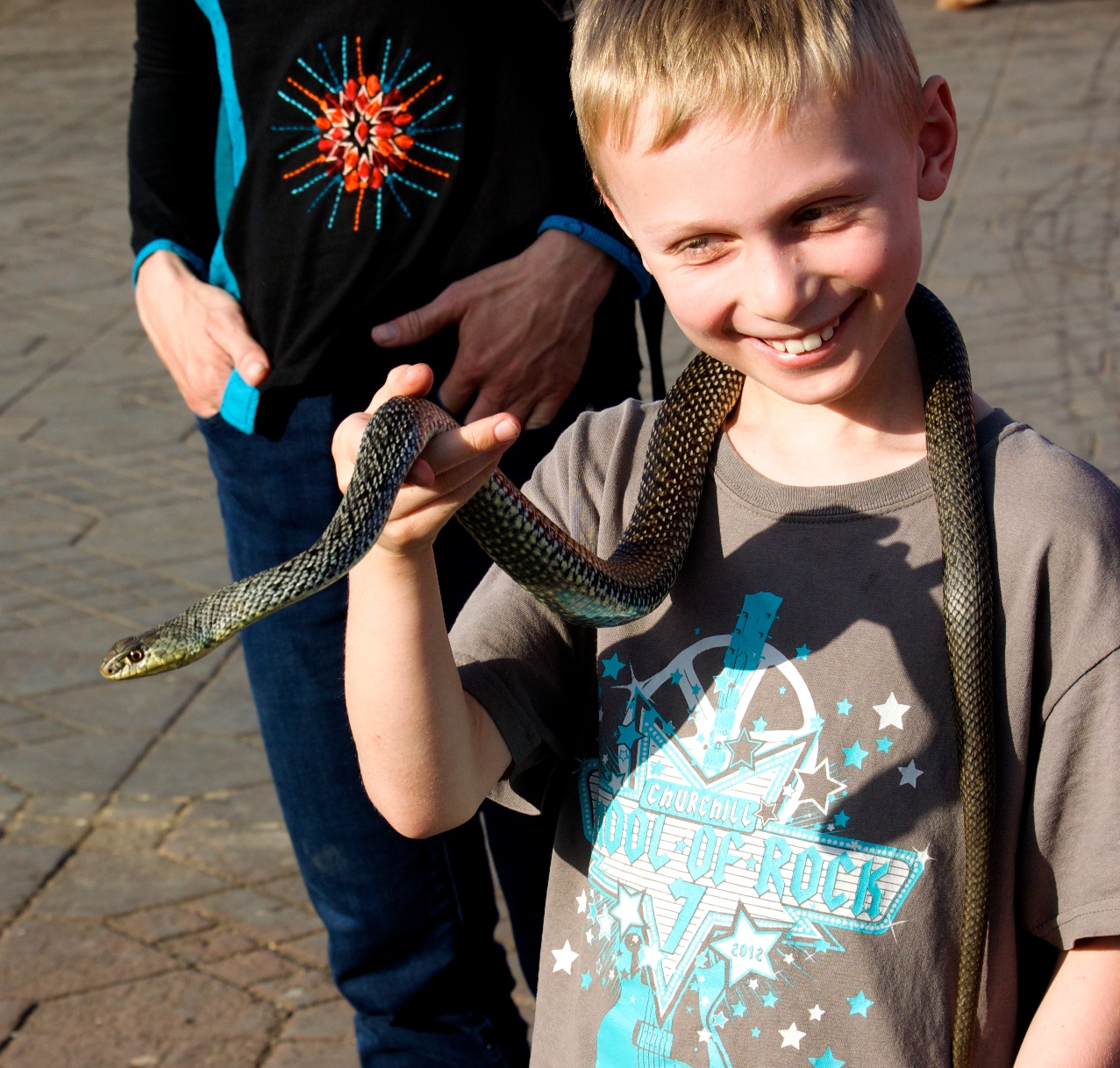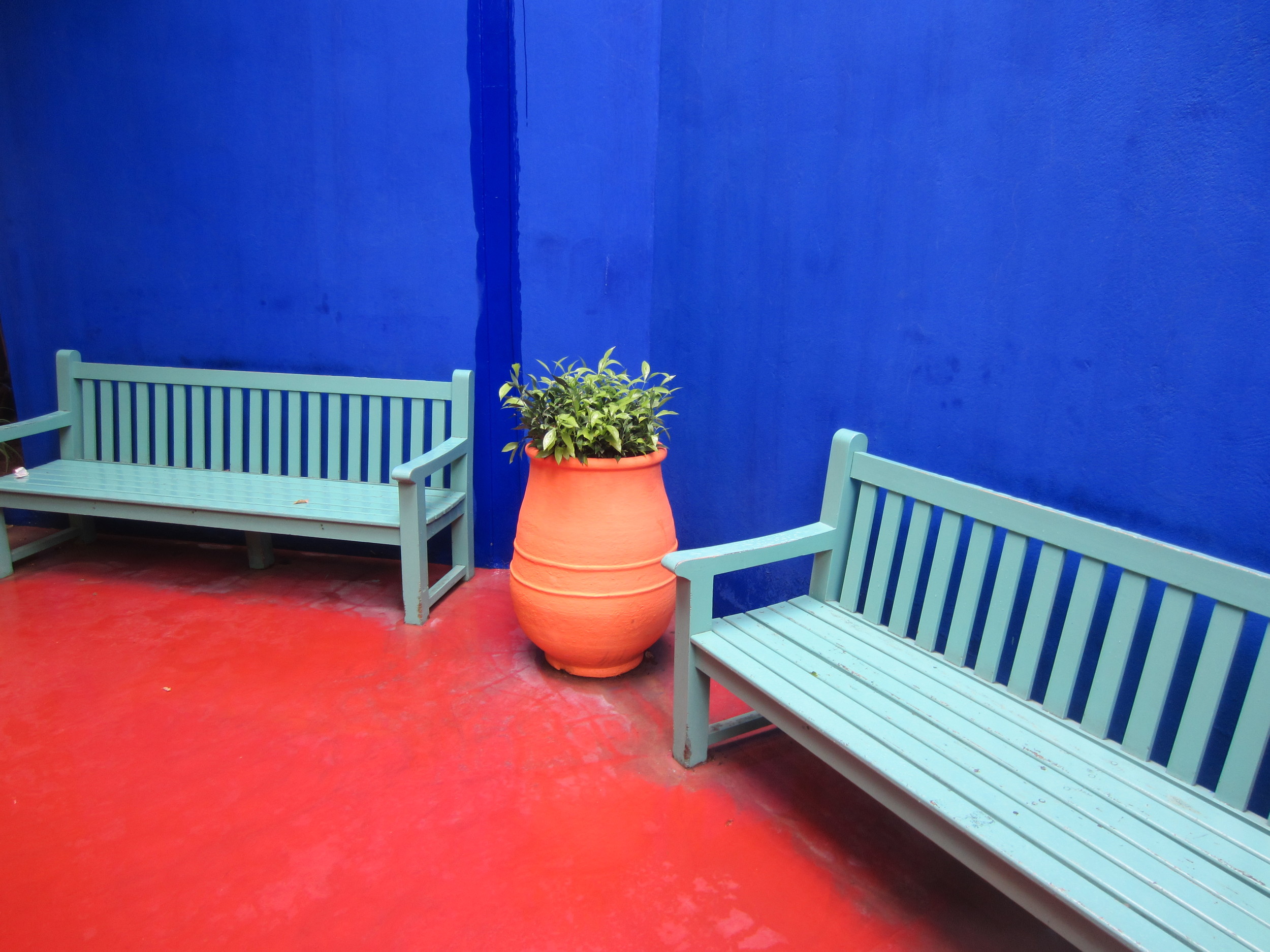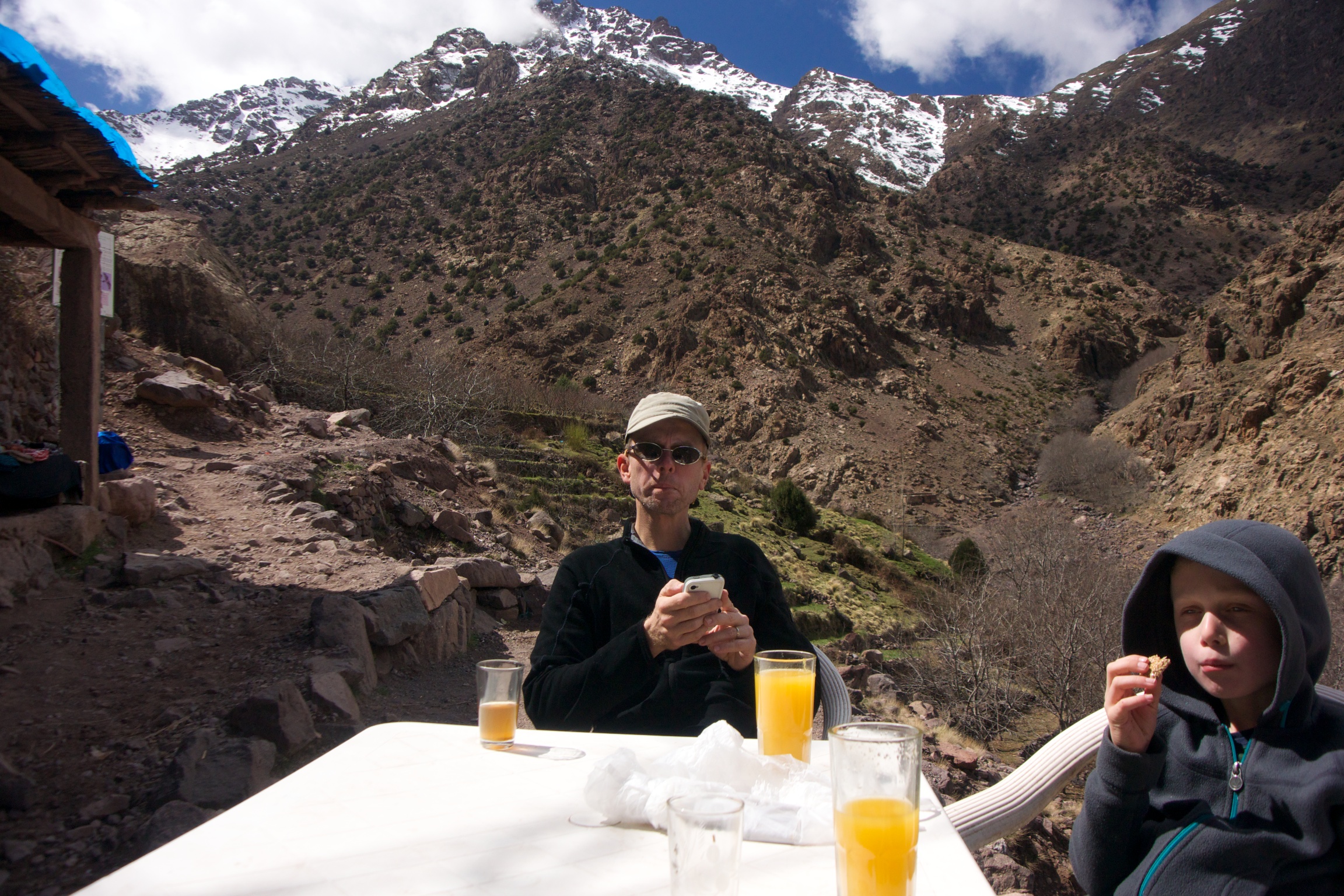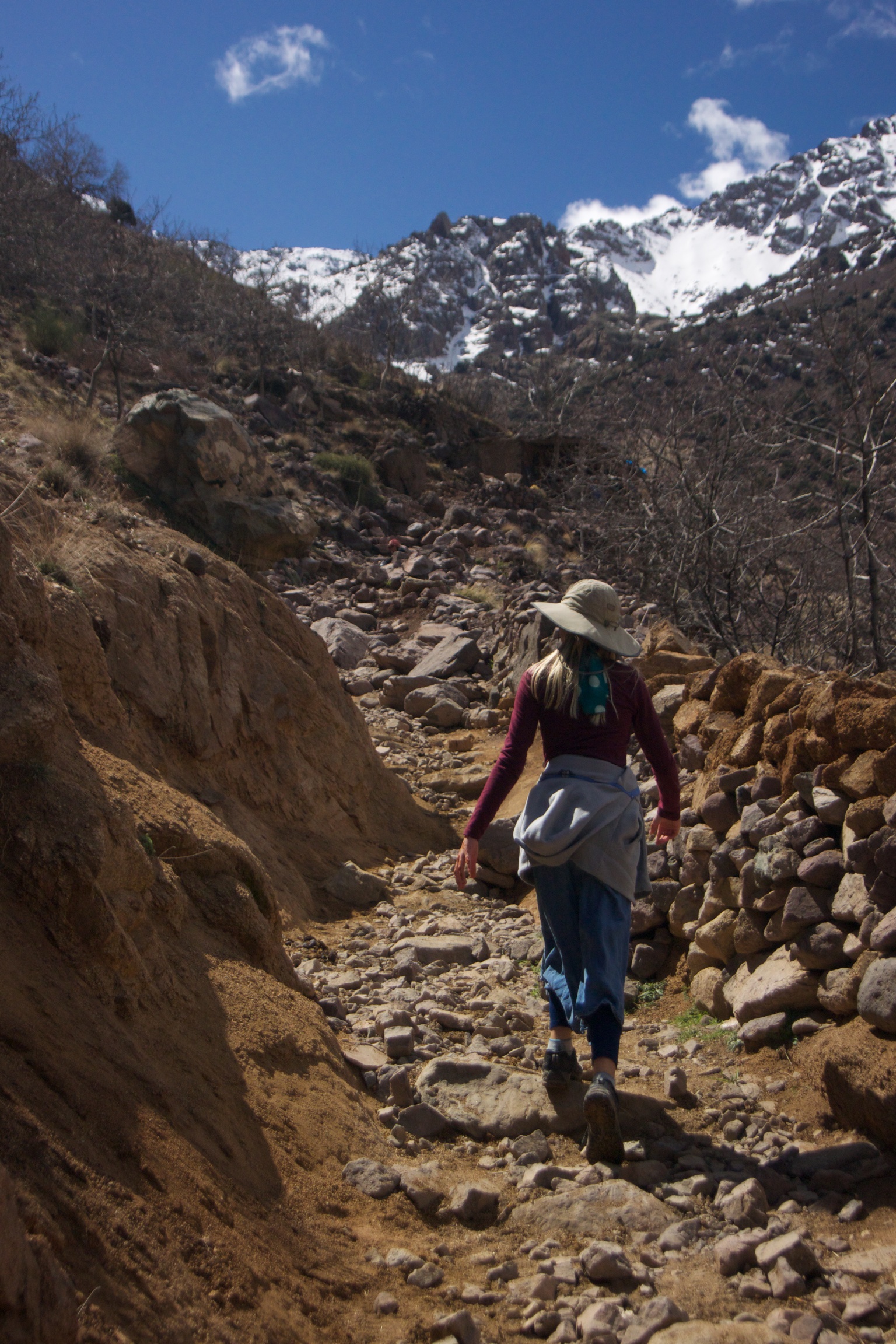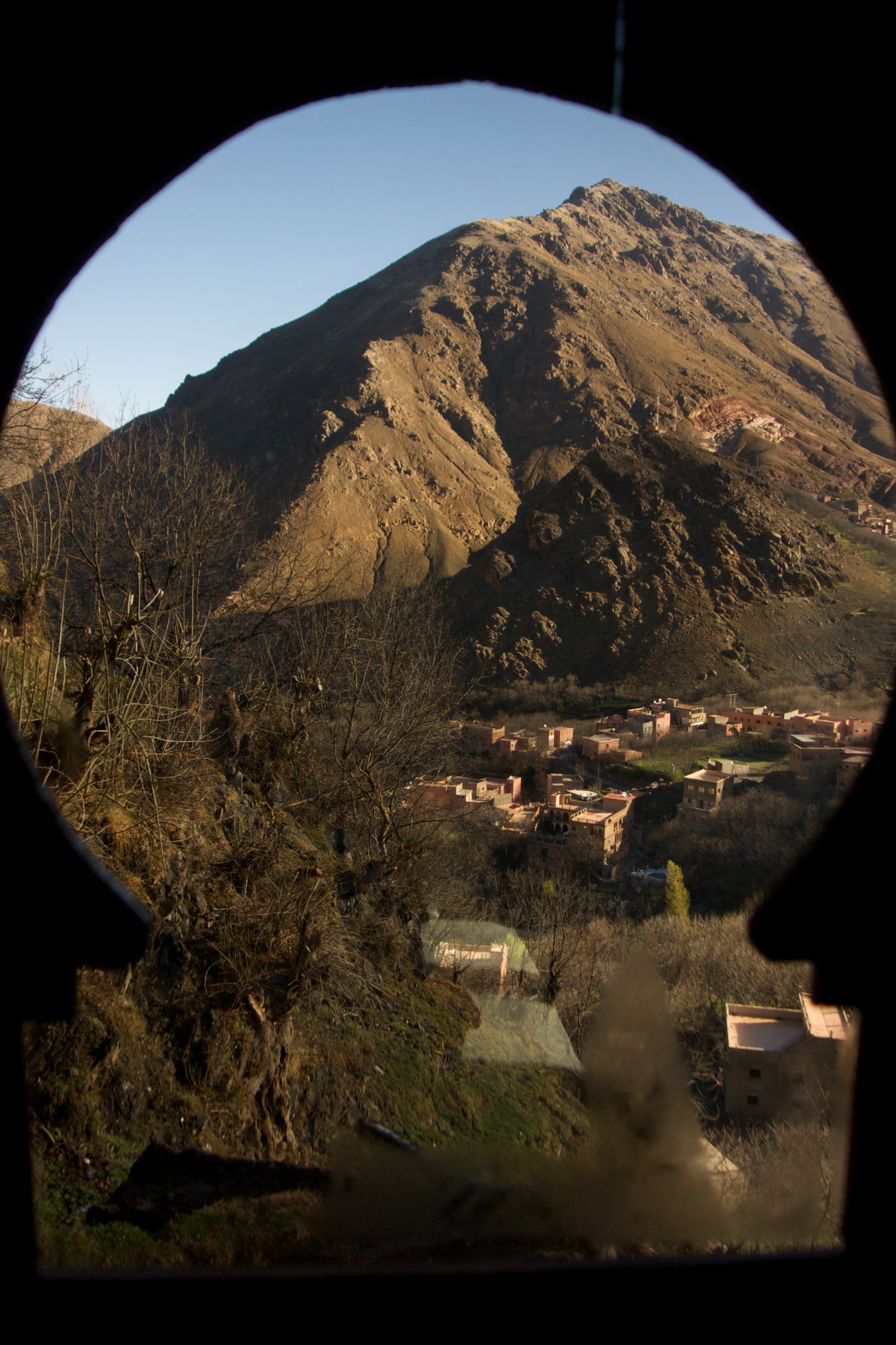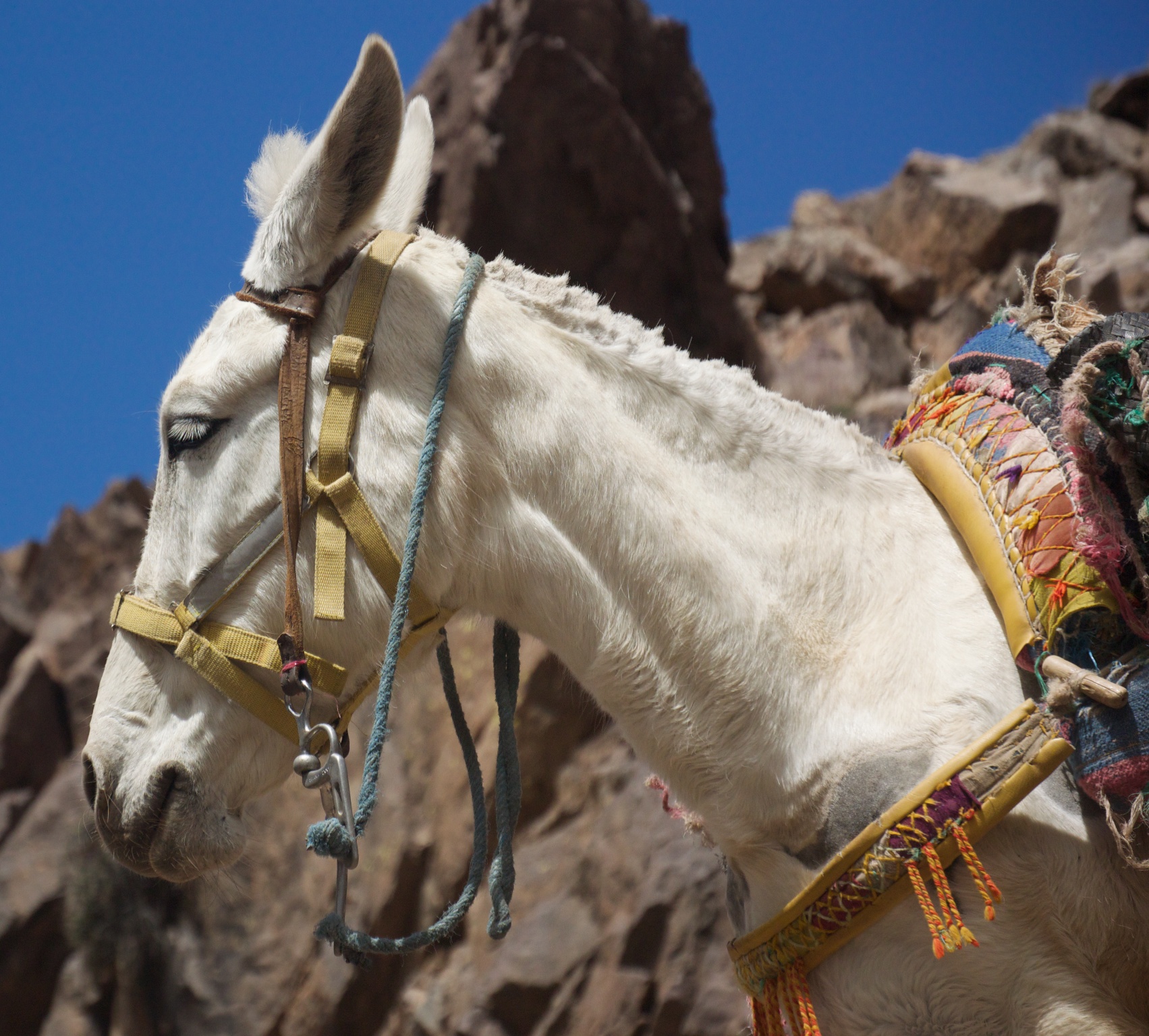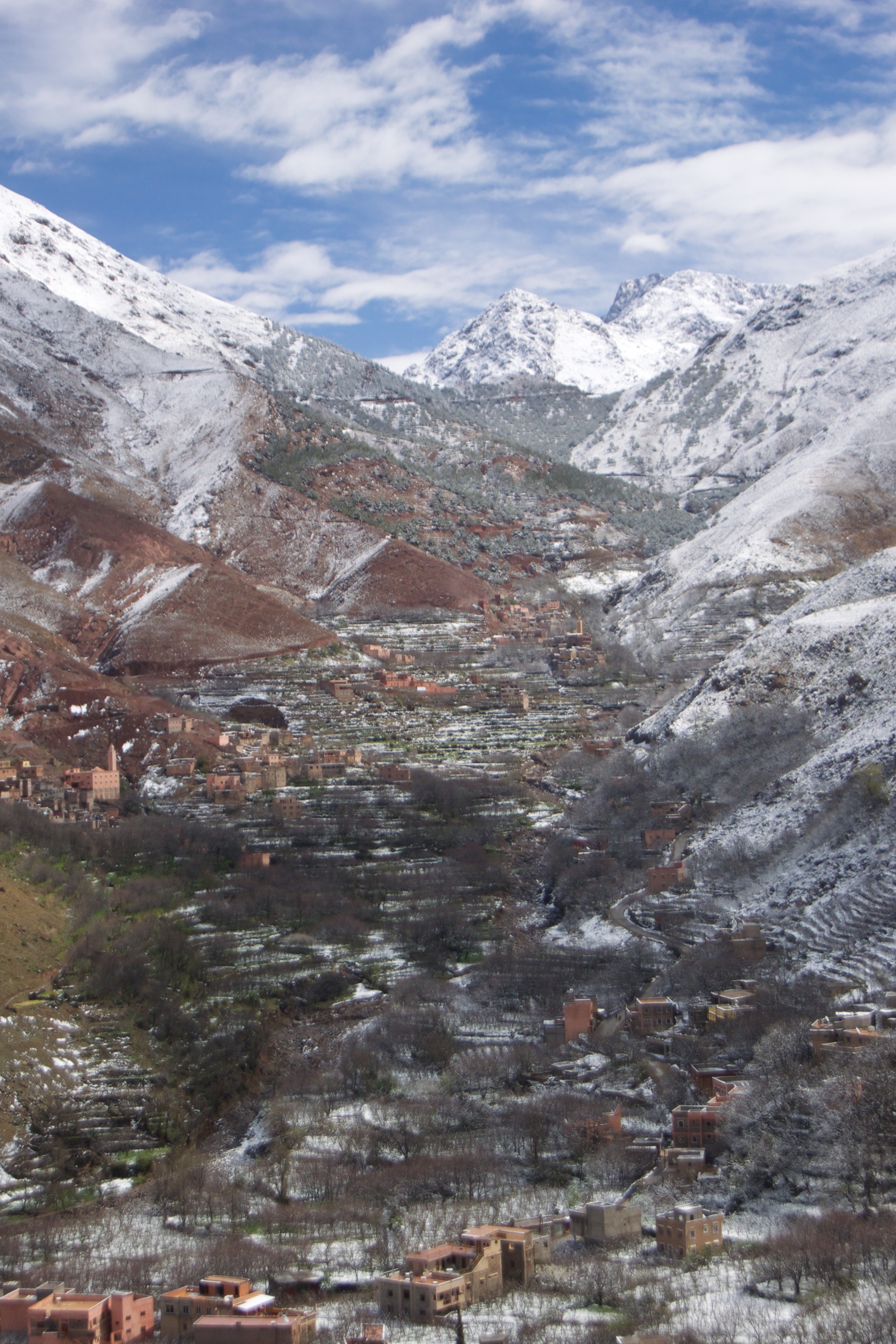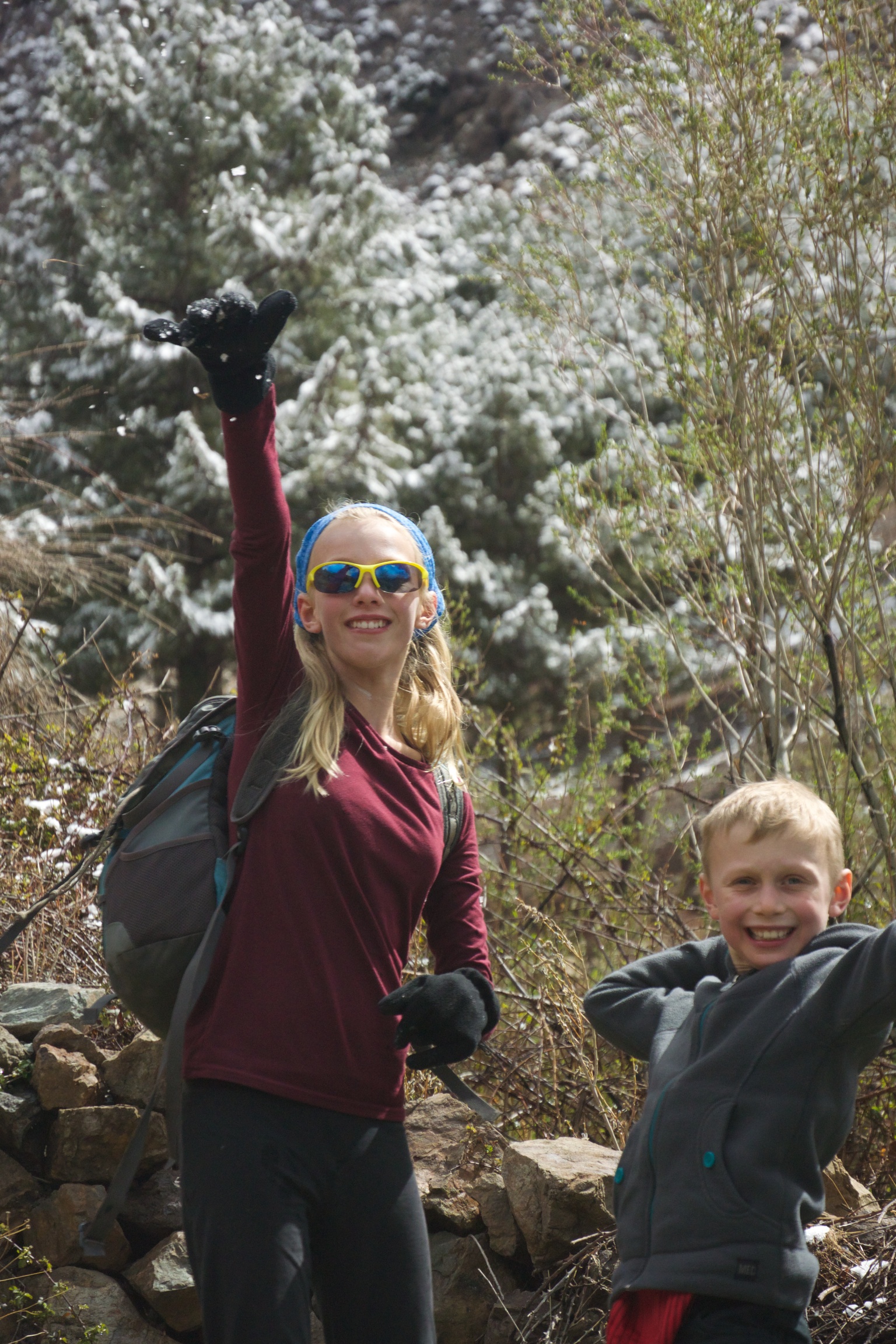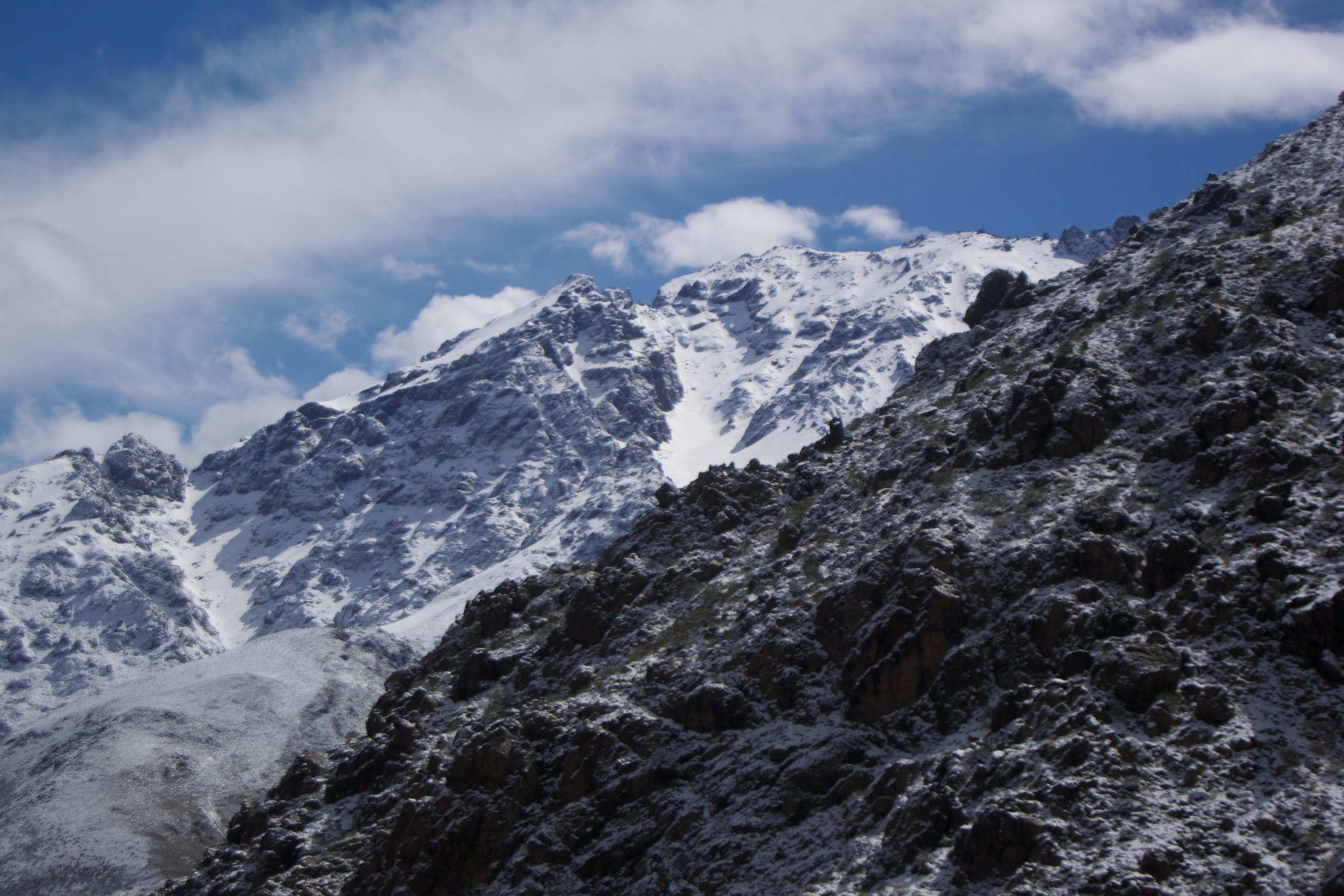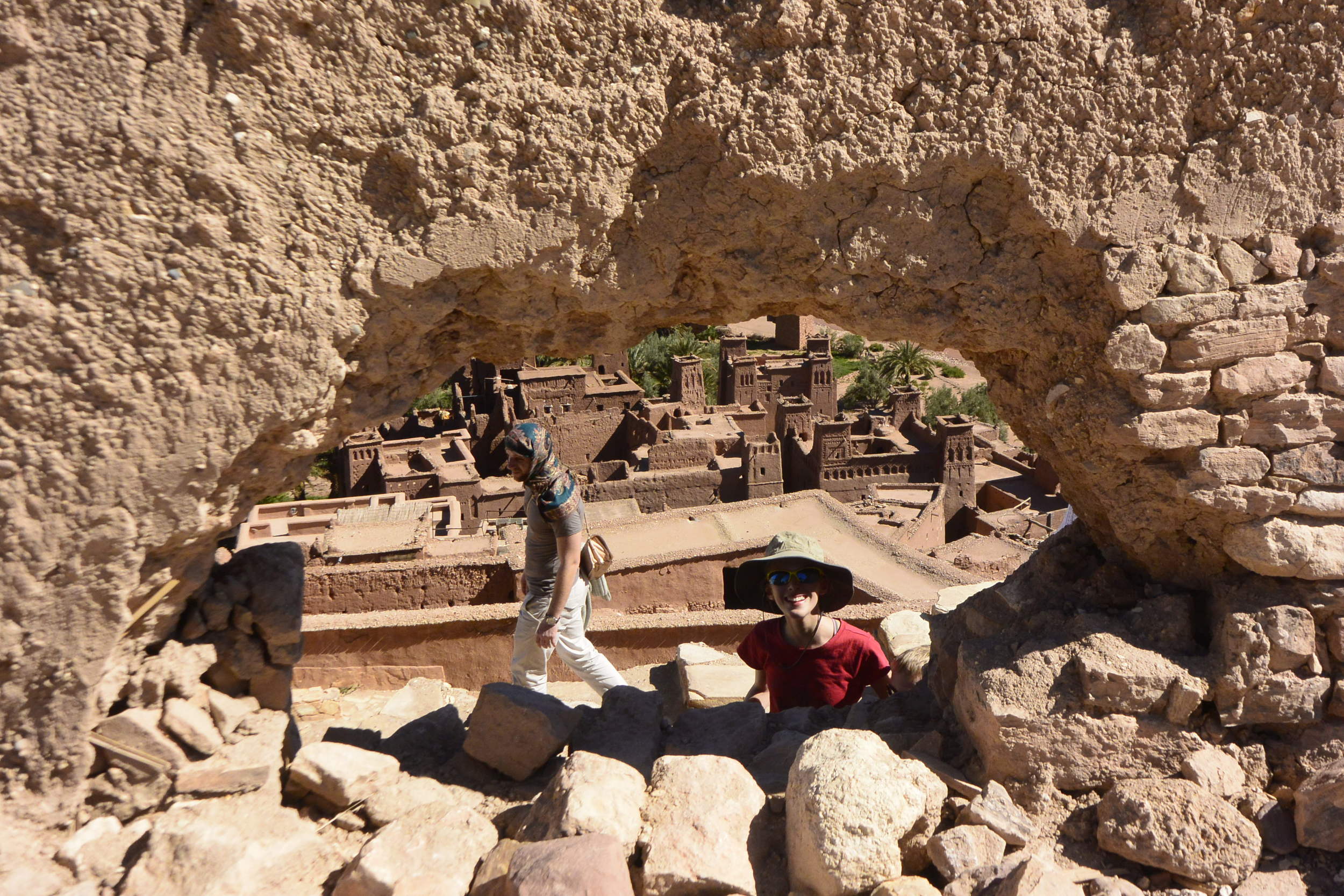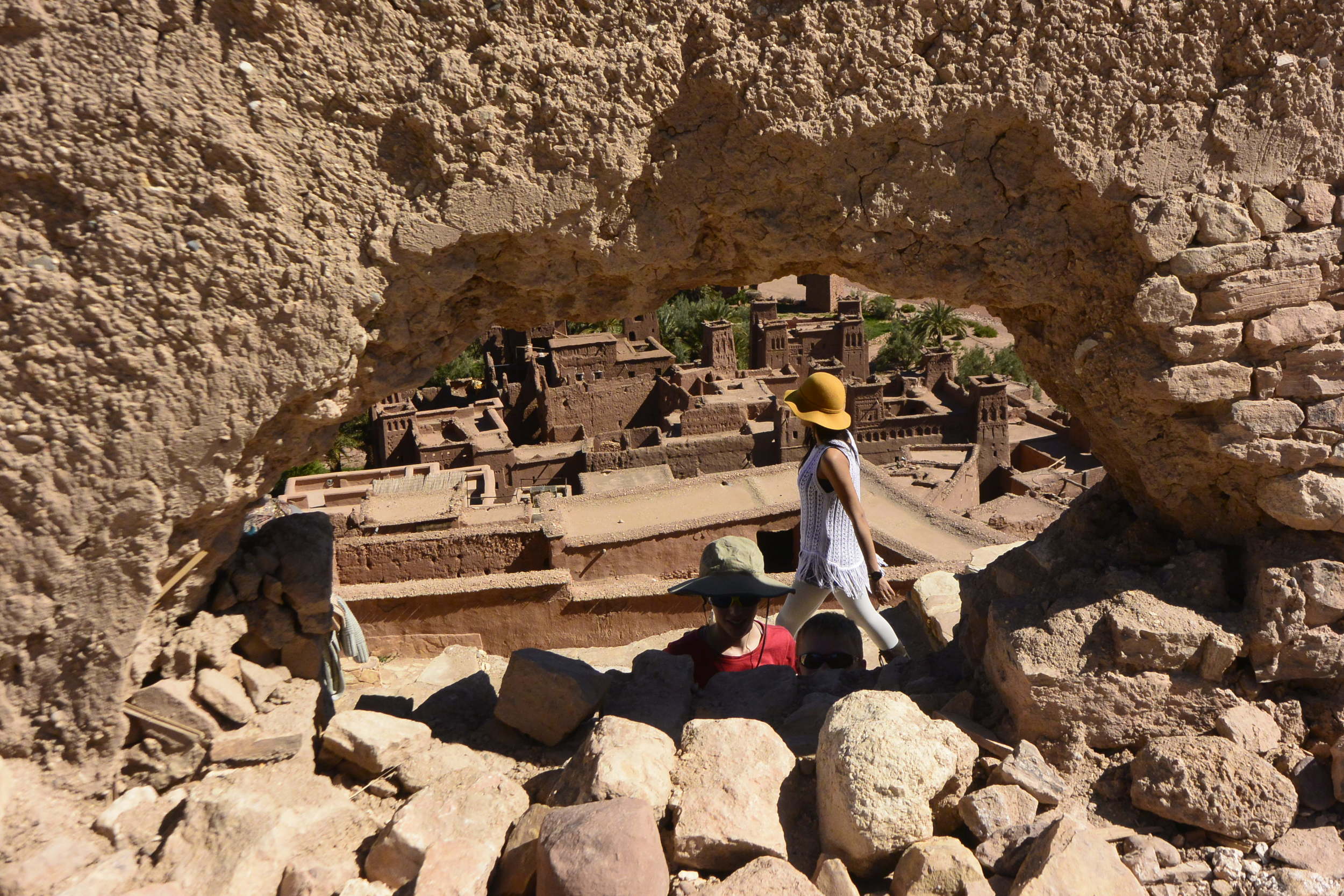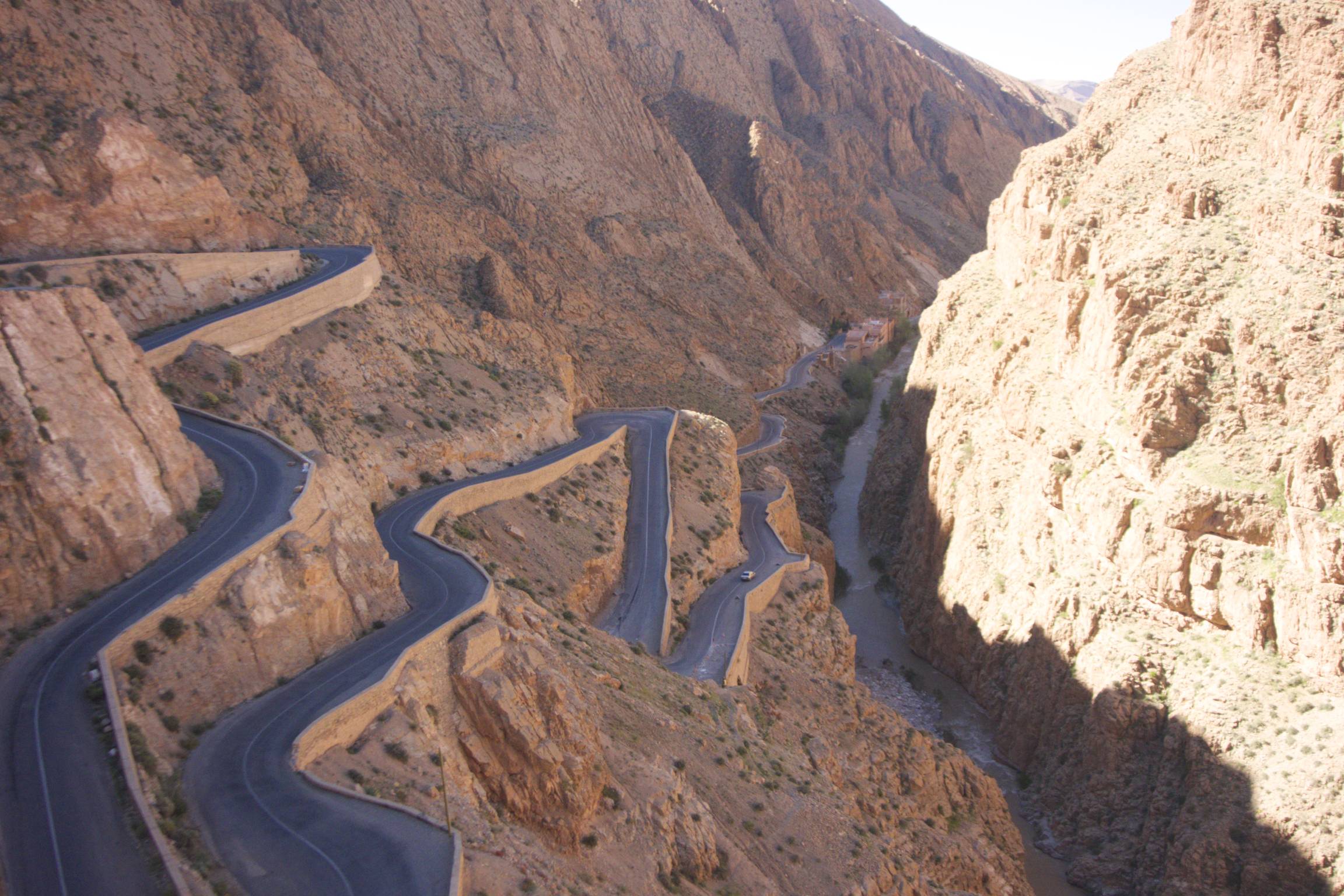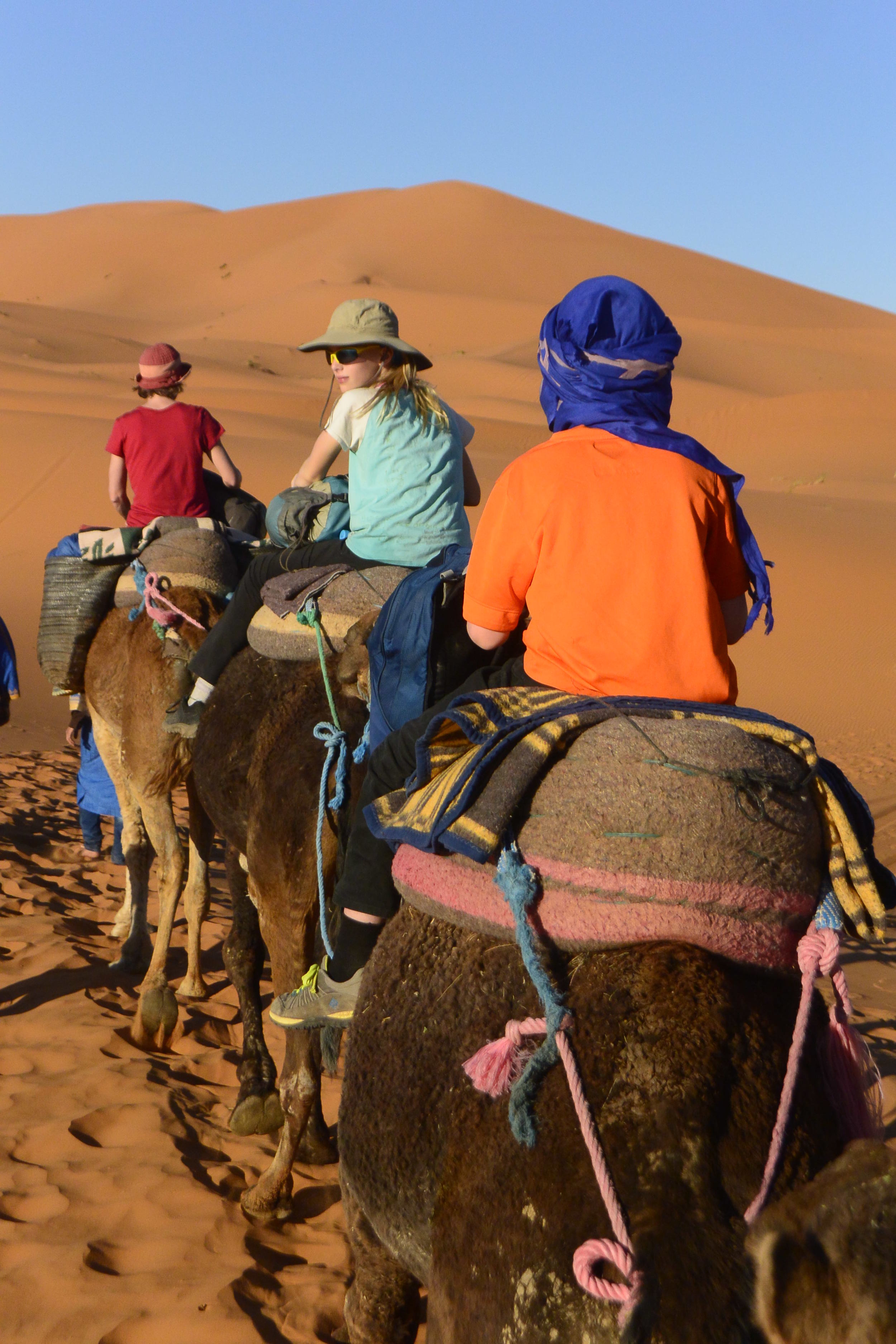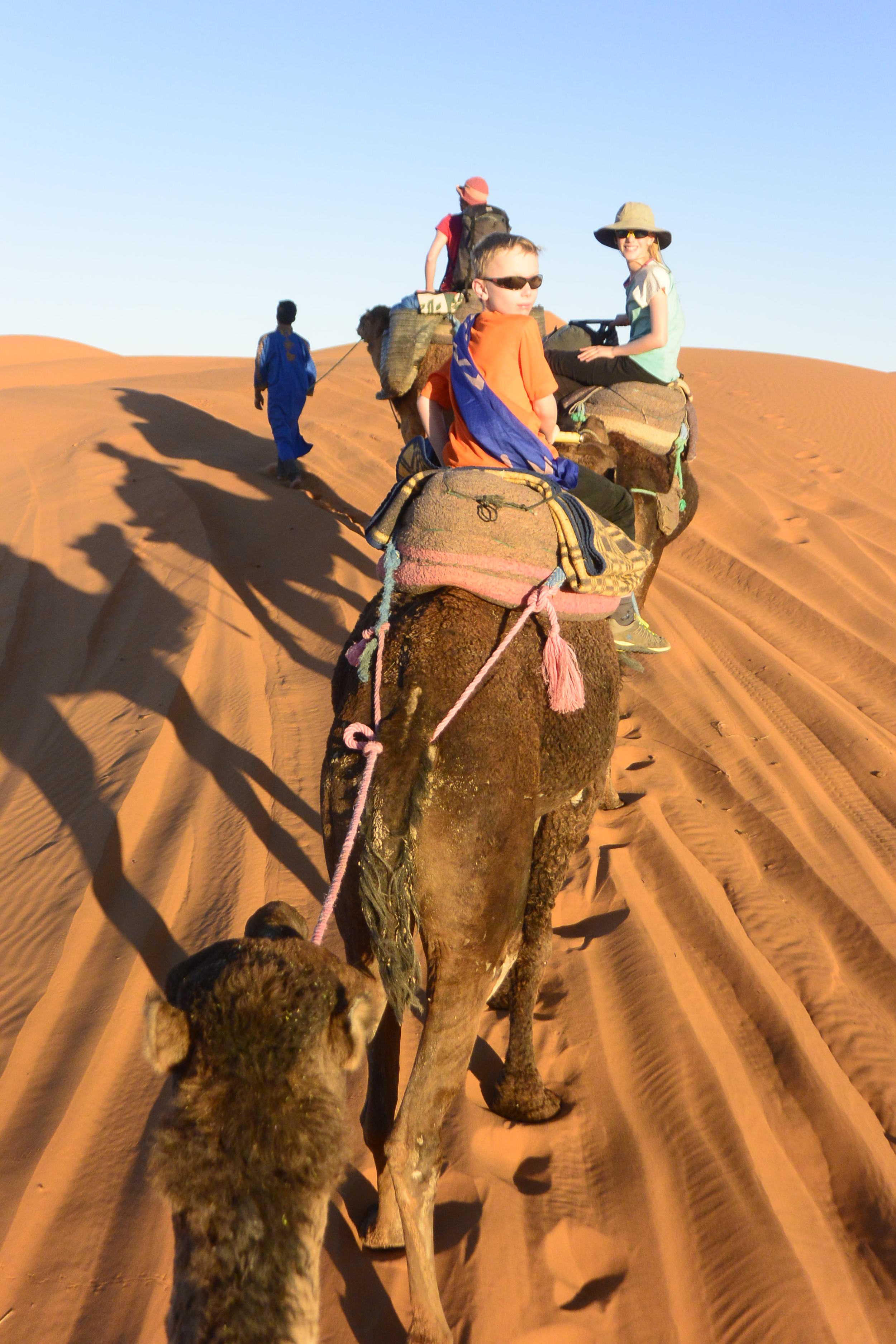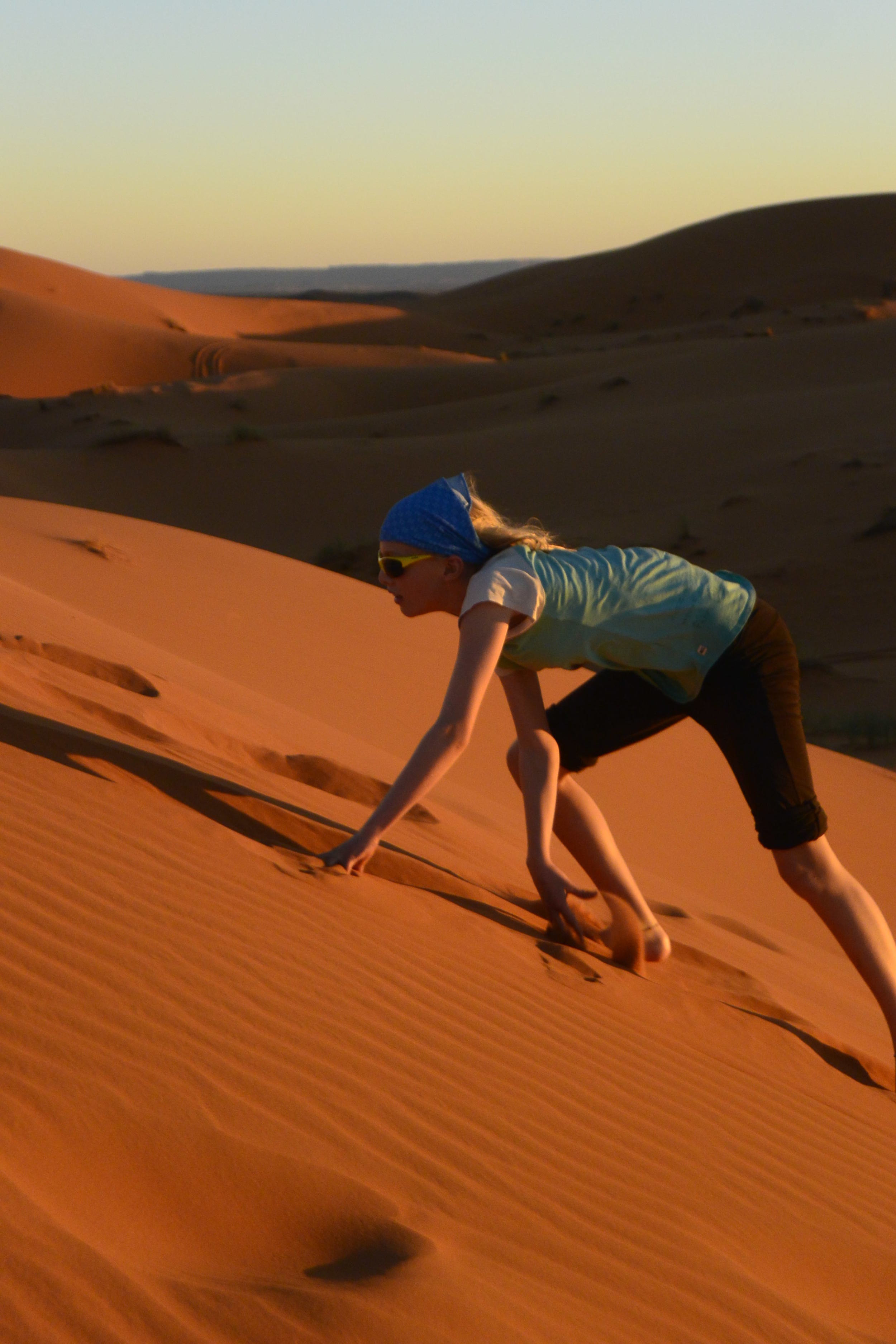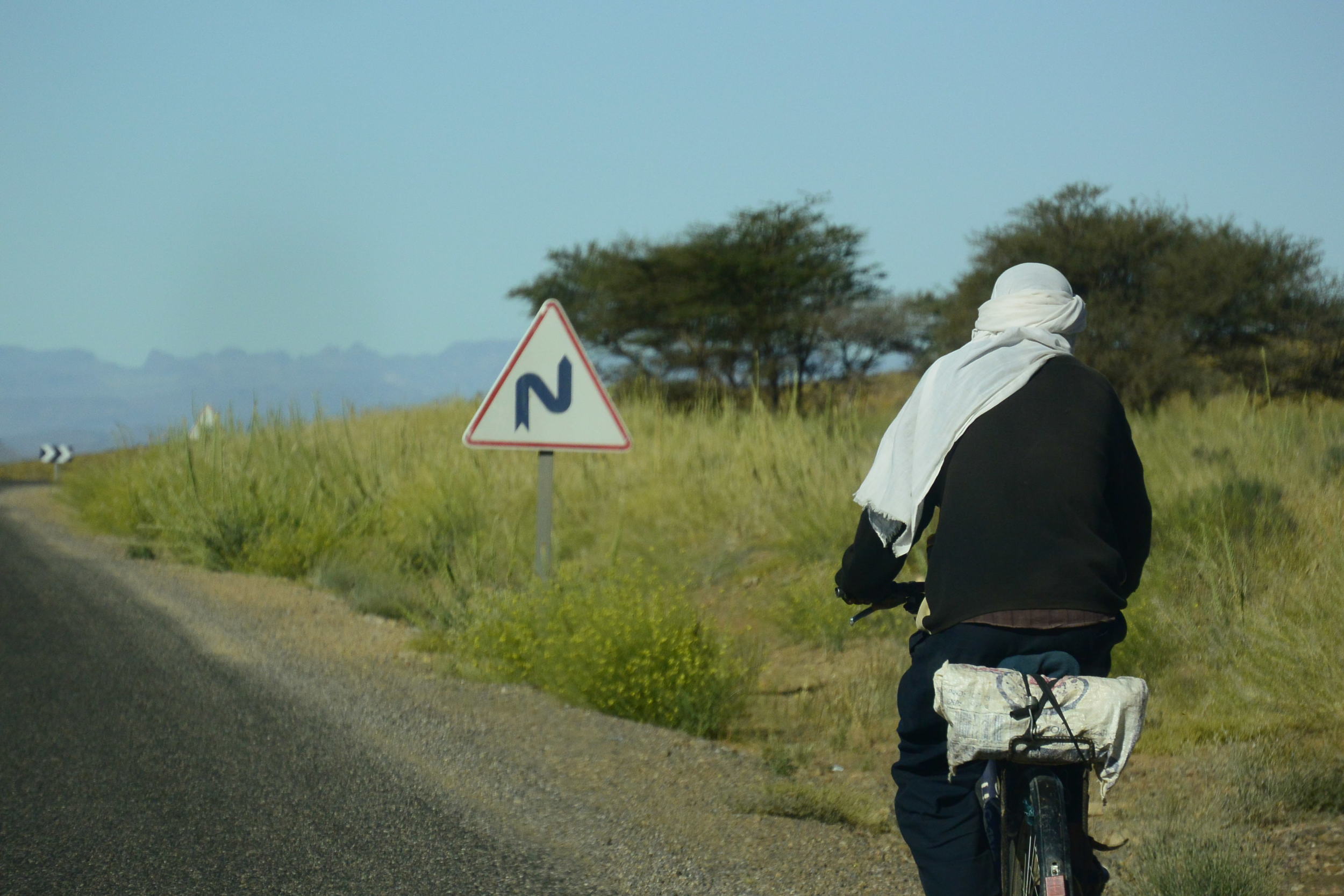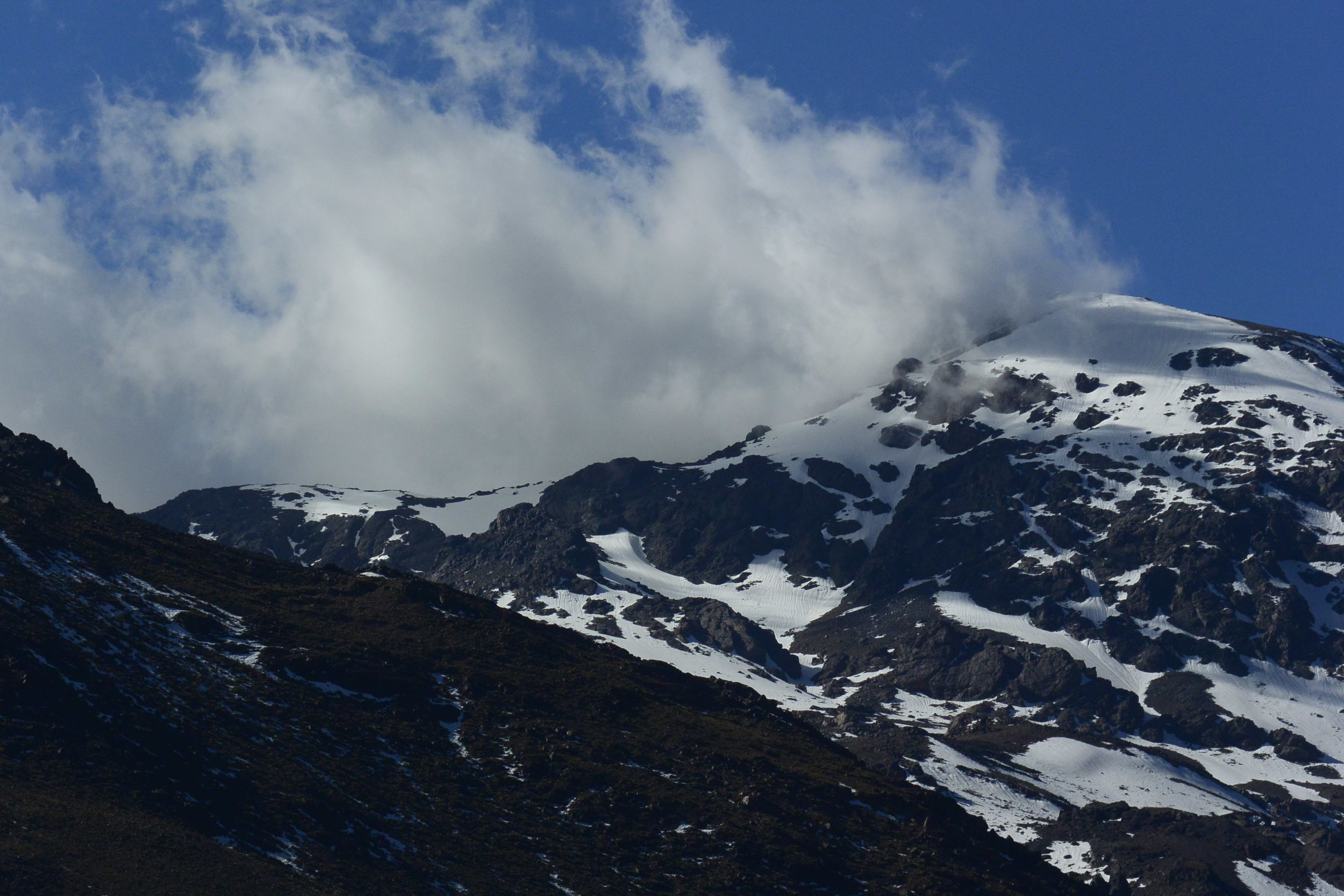The Roads To & From Marrakesh
March 13 to 30, 2015 / Marrakesh, Imlil & Merzouga
We never planned on spending so much time in Marrakesh, but given some unsettled, late-winter/early-spring weather, it proved to be a good hub for seeing some cool parts of Central Morocco.
Below are a few highlights and pictures. Please click on any of the thumbnails to see them in a larger, Lightbox format.
Snakes on a Dwayne
From Chefchaouen, we travelled by bus to Rabat for a two-day stopover, before hopping the train down to Marrakesh.
Marrakesh's main square, Jeema el-Fnaa is where all the action is: story tellers, snake charmers, water sellers, monkey-con-artists, henna/con-artists who apply the black dye to your hands unbidden and then ask for money, amateur boxers....you name it. It felt like a North African version of Time Square minus the giant flashing billboards and the fat Spiderman.
There is a constant noise of drums and oboes, and when you can't stand the din any longer, you can duck into the medina alleyways for a bit of respite -- that is, until you happen to be accosted by a carpet dealer..."Looking is free." Yeah, right, but once you've drunken the mint tea, there is no going back...
Every town in Morocco has its own colour for the petite taxis (local trips / maximum: 3 passengers) and grande taxis (further afield / max: 4). In Marrakesh, the petite taxi's are "ochre" (a dull-brown-red that I think was popular in suburban Canada in the 1980s, or was that "dusty rose"? but I digress..). 95% of the buildings in Marrakesh were also the same colour of ochre, which made navigation kind of tricky.
We had a welcome break from all this medina-ochre-ity at the Jardin Majorelle, the botanical gardens designed by Jacques Majorelle and later bought by Yves Saint Laurent and Pierre Bergé, who in turn gave it back to the city of Marrakesh. I'm really liking that blue, and think we'll paint the house that colour when we get home.
Atlas(t), Mountains
From Marrakesh, it was is only a 2-hour grand taxi ride to the Atlas Mountain hiking haven of Imlil. Originally, we had thought about going on a 1 or 2 night trek with a donkey and a guide.
But when it snowed on the second day, we decided to just do some day-hikes and enjoy returning to a warm-ish guest house each night. We hiked up to 2,500 m at one pass, and enjoyed some amazing vistas every morning. But by 2 pm, the clouds would roll in and it would rain and/or snow again.
The valleys around Imlil have a network of well-maintained terraces where farmers grow barley, wheat and vegetables. The town itself is full of guest houses, second-hand-mountaineering gear-shops, and local restaurants with exactly four items on the menu: tajines (stews cooked in a clay dish), couscous, skewers of meat, and Spaghetti Bolognese (only made with cumin, much to Isaac's delight...). It was all fine, but after a month of this, we were hankering for something else to mix up the menu.
Been There, Dune That.
Some more unsettled weather meant we hung out in Marrakesh for a few more days before taking a guided tour out to the Sahara Desert. It was awesome to cross the Atlas Mountains with someone else driving so I could snap pictures) and to see a kasbah (fortresses) where they had filmed a number of Hollywood films. And we even enjoyed a nice French-Moroccan dinner (i.e. small amounts of artisanal couscous artfully arranged on empty plates). But our main objective was to ride.....camels.
Well, technically, dromedaries, the kids would pipe in. Only one hump, don't you know. Camels have two, I was told. Repeatedly.
We set out from Erg Chebbi at the northern edge of the Sahara, just before sunset. It was an epic journey of, well, maybe an hour, but that was probably enough for (our) posterity.
The hardest part of riding a camel, apart from the hump that makes an indelible impression upon your posterity, is getting up. To ride a camel you must:
- Climb on its back as it lies down on the sand;
- Sit on on a blanket-saddle,
- Grab on to the metal saddle-horn with a white-knuckled grip,
- Watch as the handler tssks, cajoles and slaps the camel urging it to rise up;
- Watch as the camel hisses back, indicating that it has no intention of doing so
- Watch as the handler repeats Step 4 and the camel grudgingly complies
- Lurch forward until you're parallel to the ground as the camel rises part way up;
- Hold on tighter to the saddle-horn so that you don't fall on to its neck,
- Lurch backwards 180 degrees in reverse when the camel, sorry, dromedary stands up.
- Look around gleefully when you realize that you haven't taken flight and that you're now 8 feet off the ground on a camel in the middle of the desert. How cool is that?
The actual sitting on the back of a walking camel part is not so hard, apart from the excruciating discomfort, but you eventually get the feel for it. It was easy to imagine myself starting out on a 52-day caravan trip to Timbuktu...apart from the excruciating discomfort that made it impossible to think about much else.
After a 45-minute, arduous journey, we finally arrived at a Berber-styled camp where I got reacquainted with my leg muscles. After a meal of, you guessed it: tajine, we slept for a few hours in a tent and got up early to ride back at sunset.
The whole experience felt a bit touristy and rushed, but it was something that we couldn't do on our own -- not having our own camels, after all.






